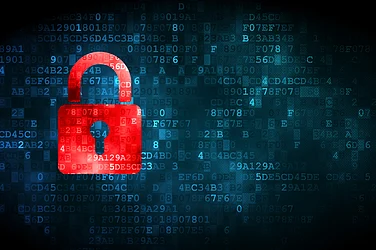As the budget is all set to be presented on July 5, speculations and guesses are doing the rounds on social media. What will happen and what policy decisions the government is going to take? Well, that is quite difficult to predict. But one thing that I can surely say is that when the Budget will be presented, you will be hooked to the television in order to keep track of the things that how some decisions are going to impact you. But many terms during the Budget presentation will bounce off above your head. And its necessary to know some basic terms that will be frequently used during the day of budget 2019.
Advertisement
Let’s have a look at some terms that you should understand.
1. Fiscal Deficit
Fiscal deficit is the difference between the total income of the government and its expenditure. However the government defines it as, “the excess of total disbursements from the Consolidated Fund of India, excluding repayment of the debt, over total receipts into the fund (excluding the debt receipts) during a financial year”. In a country like India, its very difficult for the government to meet all necessary expenses by taxes, thus the government has to borrow money from different institutions. But sometimes in order to spur the economic growth the government has to let the fiscal deficit rise.
Advertisement
2. Capital Budget
It is a part of the Union Budget and has accounts for government-related capital expenditure and capital receipts.
3. Capital Receipts
Capital receipts is the money that the government gets through treasury bills,markets loans, loans received from foreign government, disinvestment receipts or debt paid by Union Territories, state governments and other parties.
4. Capital Expenditure
Capital expenditure also known as Capex and it is the expenditure that creates assets such as building, highway etc. However, the loans given by the centre to the state also comes under Capital Expenditure.
5. Inflation
Inflation is a quantitative measure of the rate at, which the average price level of basket of goods increases over a period of time. So it indicates decrease in purchasing power of national currency.
6. Revenue Budget
It is a part of the Union Budget and has accounts for government-related revenue receipts and expenditure.
7. Revenue Receipts
Revenue receipt includes funds, the government earns through different taxes such as income tax, service tax, corporation tax, interest receipts, dividends and profits and other receipts of Union Territories.
8. Revenue Expenditure
Revenue expenditure is also known as income statement expenditure. These are the expenditures made by the government to maintain the assets in order to keep them functioning. But this expenditure does not create any assets for the government. For example paying the salaries to employees does not create any asset, however, expenditure made on bullet train is creating an asset thus this expenditure will not be revenue expenditure.















 Just one email a week
Just one email a week